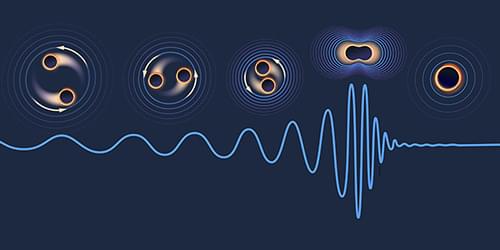The clearest black hole merger signal ever measured has allowed researchers to test the Kerr nature of black holes and validate Stephen Hawking’s black hole area theorem.
Gravitational-wave astronomy is moving at breakneck speed. Just over a decade ago, the direct detection of gravitational waves was considered an elusive goal—perpetually said to be “five-to-ten years away.” Then came the 2015 breakthrough: the first observed merger of two black holes, known as GW150914 [1]. Detections have since become routine, with a catalog of black hole mergers now numbering in the hundreds. There is even evidence for a gravitational-wave background at nanohertz frequencies, plausibly sourced by a population of supermassive black hole binaries throughout the Universe. Now the LIGO detectors have captured the clearest merger signal ever recorded, GW250114 [2]. From such a signal, the LIGO-Virgo-KAGRA (LVK) Collaboration was able to draw two spectacular conclusions. First, it confirmed that the nature of the merging objects is consistent with that of Kerr (spinning) black holes.
